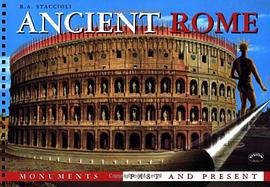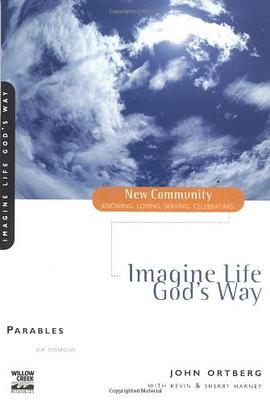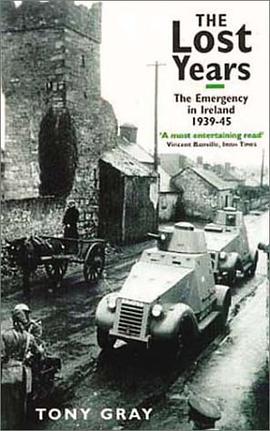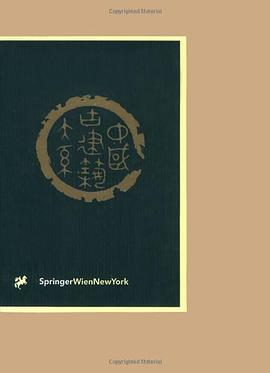

具体描述
During the French Wars of Religion, and also during the period of purported religious toleration following the Edict of Nantes, Catholic hierarchies and political institutions worked to marginalize Protestant theological and artistic expression. Yet while institutionally marginalized in most respects, evangelicals and Calvinists formed the elite corps of artists, artisans, and architects responsible for theorizing, designing, and building the royal and ecclesiastical structures of the dominant Catholic majority. In Building Codes, Catharine Randall contends that all Calvinist architecture recalls a scriptural intertext, and seeks to build upon the firm foundations of the Gospel. These architects, instructed to erect monuments glorifying Catholic patrons, inscribe the tension between their confessional perspective and their commission upon their structures. Randall explores the ways in which structures such as Chambord, Chenonceau, the Luxembourg Palace, and the Louvre bear encoded criticisms of religious and political authority. By examining the lives of several famous architects of the sixteenth and seventeenth centuries, along with blueprints, engravings, actual structures, garden layouts, builders' manuals, and illustrated allegories, this study excavates the Calvinist faith of these architects and demonstrates the dramatic effects their embattled religious perspective had on the structures they built.
作者简介
目录信息
读后感
评分
评分
评分
评分
用户评价
相关图书
本站所有内容均为互联网搜索引擎提供的公开搜索信息,本站不存储任何数据与内容,任何内容与数据均与本站无关,如有需要请联系相关搜索引擎包括但不限于百度,google,bing,sogou 等
© 2026 book.quotespace.org All Rights Reserved. 小美书屋 版权所有




















